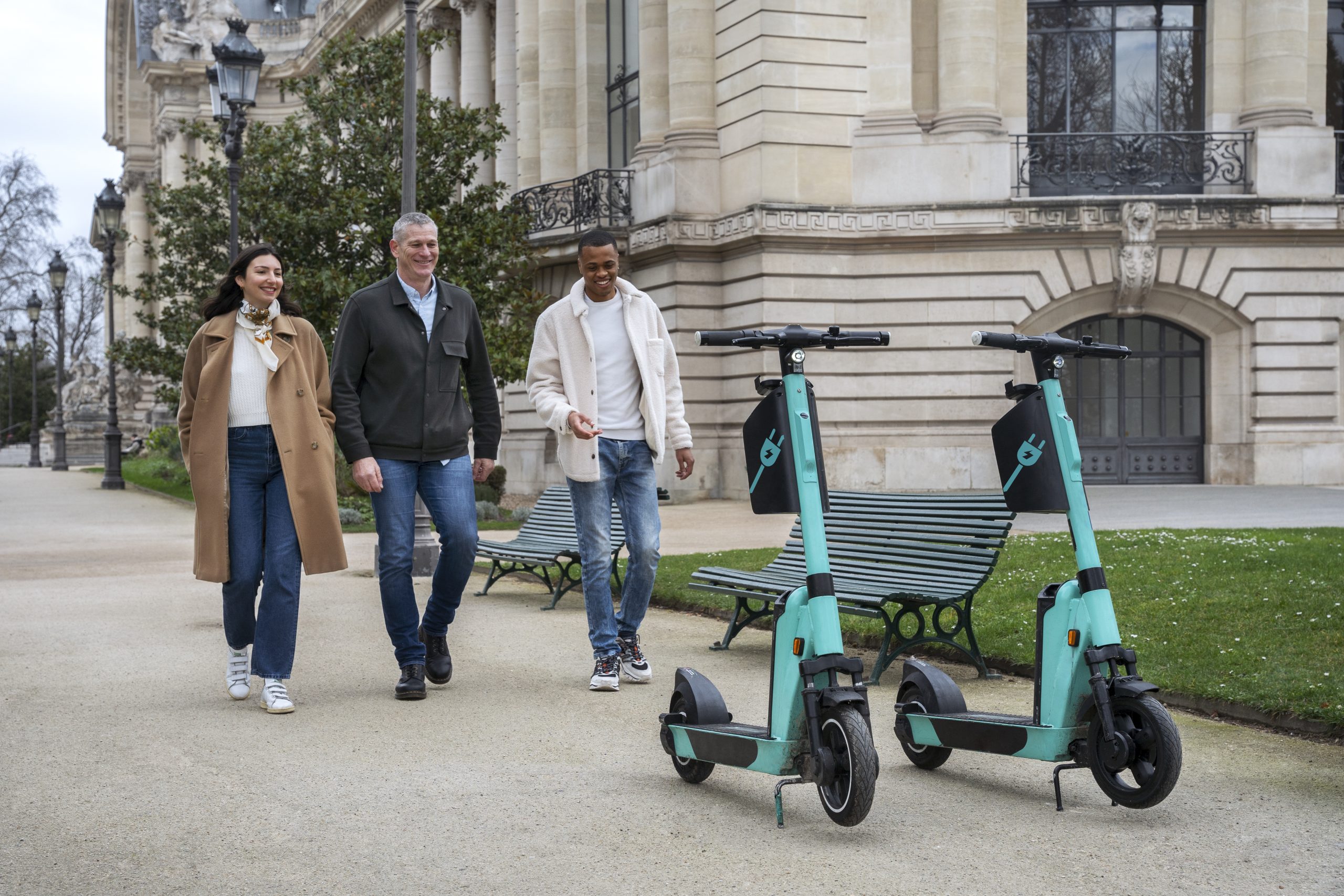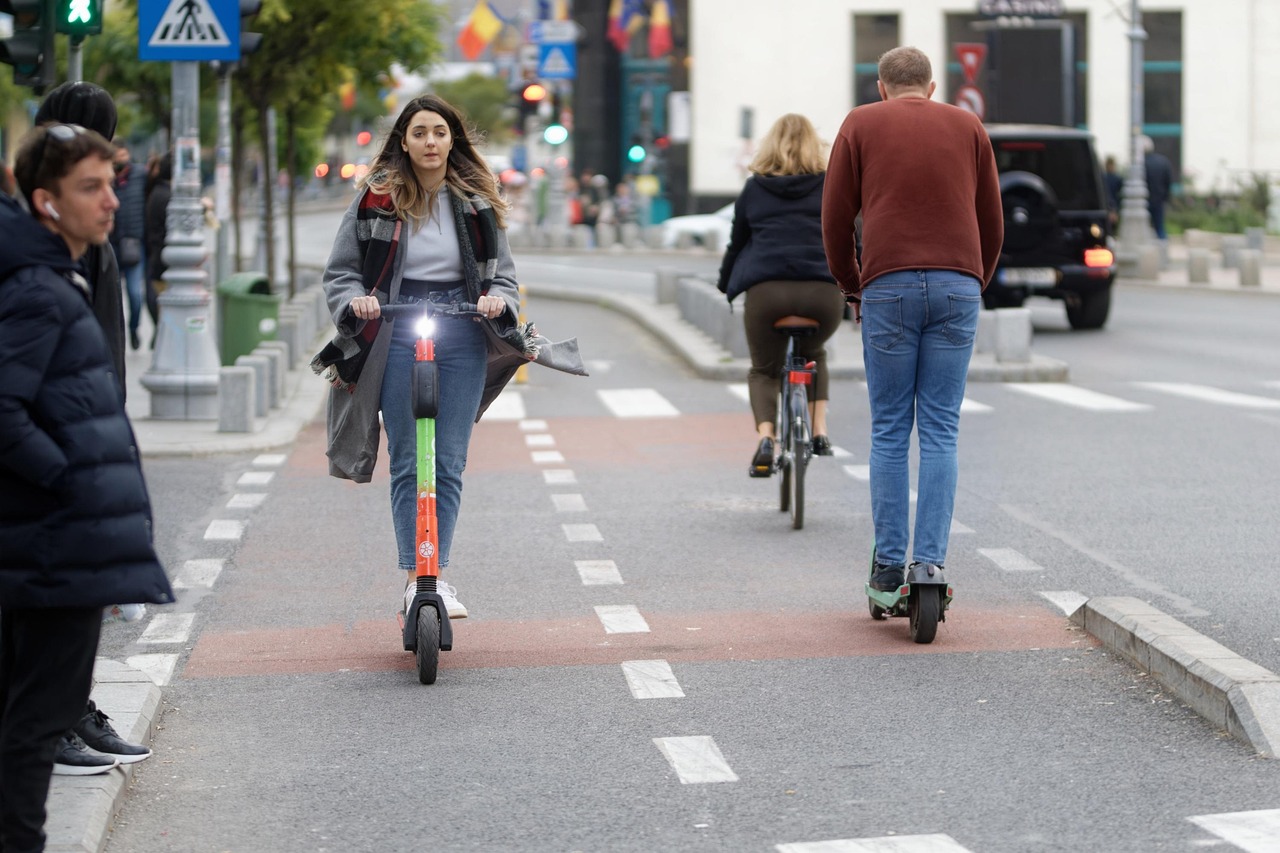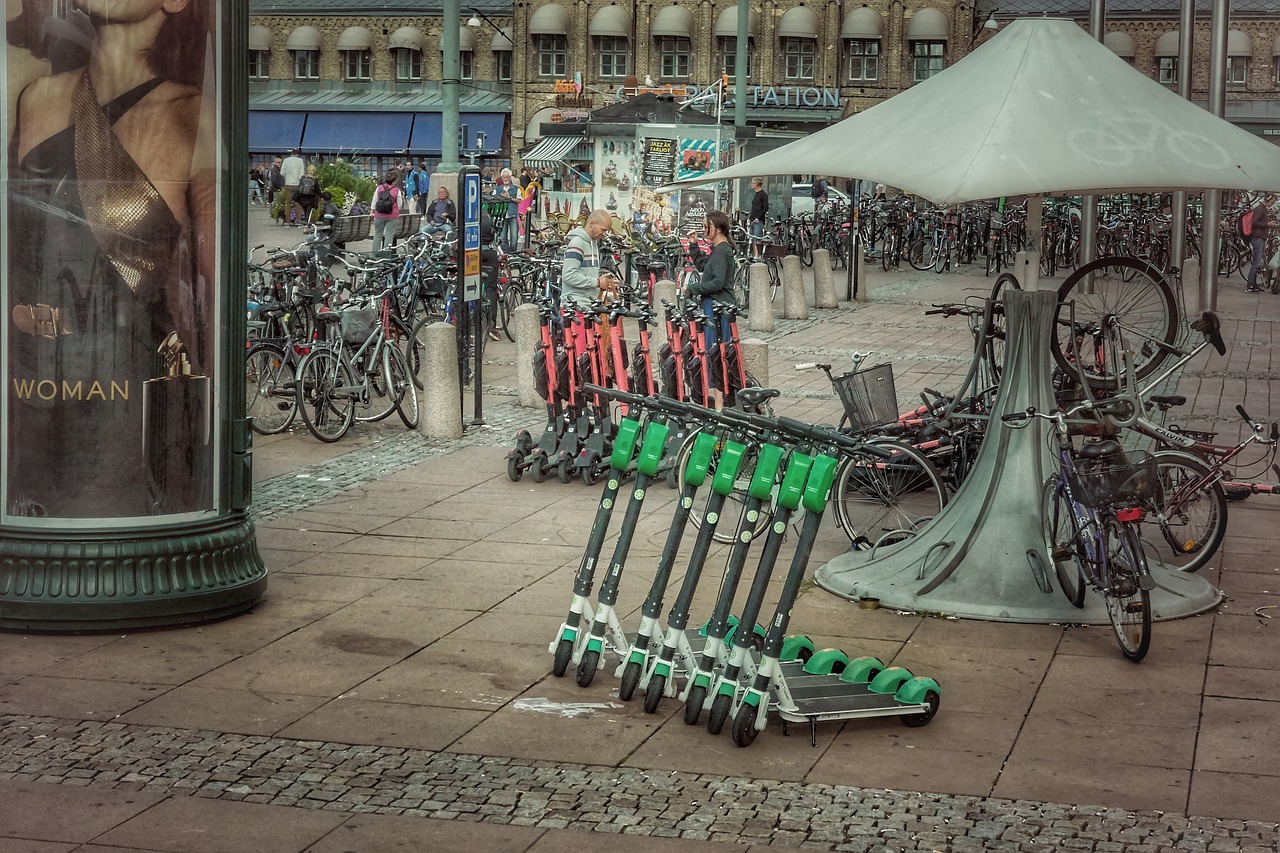Modern cities often try to relieve traffic in the center of cars. They appeal to the use of more environmentally friendly forms of transport, such as buses or bicycles. One option is e-scooters. However, in addition to a new method of transportation, they also bring with them certain risks.
There is a fine line between the advantages and disadvantages of electric scooters. The initial success of scooters in the city has been replaced by problems in the form of accidents, incorrect parking and inappropriate use. The sharing system is often criticized for overloading sidewalks and riders are perceived as reckless and pose a risk to themselves and others. How are European cities trying to deal with the risks and what challenges await us in the future?
The center of Bratislava turns into a cluster of various means of transport on a summer evening. On one side, there are people on shared e-scooters or bicycles, who quickly whizz past the column of cars, on the other side, we have pedestrians who walk around abandoned scooters on the sidewalks and wait for a bus or taxi. Shared micro-mobility has become a symbol of modern transport in recent years – more environmentally friendly than cars, more flexible than public transport. But it has also raised questions about safety, regulation and whether the infrastructure in European cities is even ready for it.



